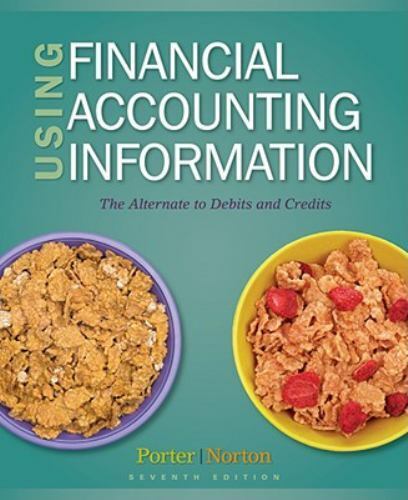Reading and Interpreting Gap Inc.s Inventory Note The 2008 annual report for Gap Inc. includes the following
Question:
Reading and Interpreting Gap Inc.’s Inventory Note The 2008 annual report for Gap Inc. includes the following information in the note that summarizes its accounting policies:
Merchandise Inventory Effective January 29, 2006 (the beginning of fi scal 2006), we changed our inventory fl ow assumption from the fi rst-in, fi rst-out (“FIFO”) method to the weighted-average cost method. The change in inventory accounting method did not have a material impact on the fi scal 2006 Consolidated Financial Statements.
We review our inventory levels in order to identify slow-moving merchandise and broken assortments (items no longer in stock in a suffi cient range of sizes) and use markdowns to clear merchandise. We value inventory at the lower of cost or market and record a reserve when future estimated selling price is less than cost. In addition, we estimate and accrue shortage for the period between the last physical count and the balance sheet date.
Required 1. What inventory costing method did Gap Inc. use prior to the 2006 fi scal year?
2. What inventory costing method did Gap Inc. change to beginning with the 2006 fi scal year? Why would a company decide to change its inventory method?
3. Gap Inc. values its inventory at the lower of cost or market. How does the company defi ne market? What factors does it take into account in deciding whether to write down its inventory?
AppendixLO1
Step by Step Answer:

Using Financial Accounting Information The Alternative To Debits And Credits
ISBN: 9780538452748
7th Edition
Authors: Curtis L. Norton, Gary A. Porter





